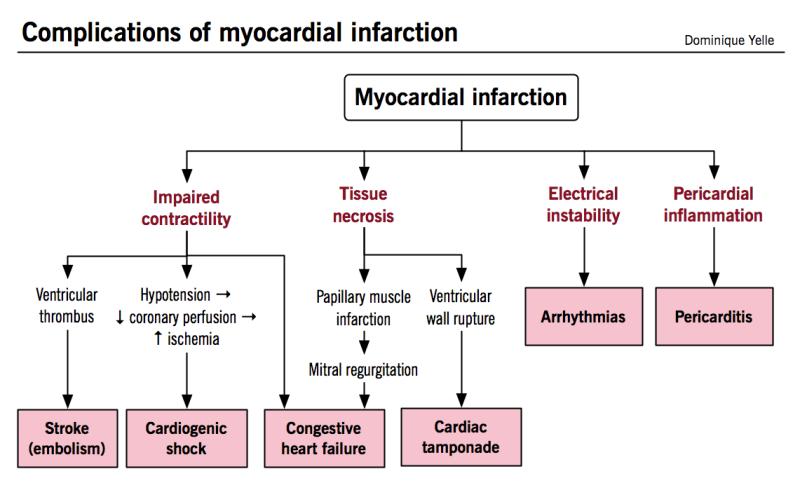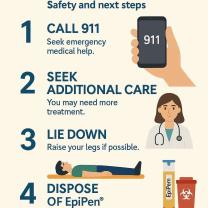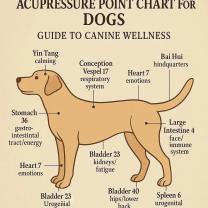What is myocardial infarction and what causes it?
Myocardial infarction (MI), commonly known as a heart attack, occurs when the blood supply to a part of the heart muscle is blocked, leading to damage or death of that portion of the heart muscle. The blockage is often caused by the formation of a blood clot in a coronary artery, which supplies blood to the heart muscle. Understanding the causes and risk factors for myocardial infarction is crucial for prevention and management.
Causes of Myocardial Infarction:
Coronary Artery Disease (CAD):
- The most common cause of myocardial infarction is coronary artery disease. CAD is a condition where the coronary arteries, which supply blood to the heart muscle, become narrowed or blocked due to the buildup of cholesterol and other substances, forming plaques.
Atherosclerosis:
- Atherosclerosis is the gradual buildup of plaques, consisting of cholesterol, fat, calcium, and other substances, on the inner walls of the coronary arteries. These plaques can narrow the arteries and, in some cases, rupture, leading to the formation of blood clots.
Blood Clot Formation:
- When a plaque ruptures, it exposes the inner tissue of the artery to the bloodstream. Platelets in the blood then adhere to the exposed tissue, forming a blood clot. If the clot becomes large enough, it can block the flow of blood through the coronary artery.
Spasm of the Coronary Artery:
- In some cases, a coronary artery may undergo a sudden spasm, causing it to temporarily narrow or close. This can reduce blood flow to the heart muscle, leading to a heart attack. Spasms can occur even in the absence of significant atherosclerosis.
Risk Factors:
- Several risk factors increase the likelihood of developing coronary artery disease and experiencing a myocardial infarction. These include:
- Age: The risk increases with age.
- Gender: Men are generally at a higher risk, although the risk for women increases after menopause.
- Family History: A family history of heart disease can contribute to an individual's risk.
- Smoking: Tobacco smoke contains chemicals that can damage blood vessels and increase the formation of atherosclerotic plaques.
- High Blood Pressure: Hypertension can strain the heart and contribute to the development of coronary artery disease.
- High Cholesterol: Elevated levels of LDL ("bad") cholesterol can contribute to plaque formation.
- Diabetes: Diabetes increases the risk of heart disease.
- Obesity: Excess body weight is associated with an increased risk of heart disease.
- Several risk factors increase the likelihood of developing coronary artery disease and experiencing a myocardial infarction. These include:
Symptoms of Myocardial Infarction:
Common symptoms of myocardial infarction include chest pain or discomfort, shortness of breath, sweating, nausea, and pain or discomfort in the arms, neck, jaw, or back. It's crucial to seek emergency medical attention if someone is experiencing these symptoms, as prompt intervention can prevent further damage to the heart muscle.
Management and prevention strategies for myocardial infarction often involve lifestyle changes, medication, and, in some cases, medical procedures such as angioplasty or coronary artery bypass surgery. Regular medical check-ups, monitoring and managing risk factors, and adopting a heart-healthy lifestyle are essential components of preventing myocardial infarction.
1. Defining Myocardial Infarction and Its Impact on Blood Flow to the Heart
Myocardial infarction, commonly known as a heart attack, is a serious medical condition that occurs when blood flow to a portion of the heart is blocked. This blockage prevents oxygen and nutrients from reaching the heart muscle, causing damage and potentially leading to heart failure or even death.
The heart is a muscular pump that circulates blood throughout the body. The coronary arteries are the blood vessels that supply oxygen and nutrients to the heart muscle. When a coronary artery becomes blocked, typically due to a buildup of plaque, blood flow to the heart muscle is disrupted. This lack of blood flow leads to the death of heart muscle cells, a condition known as myocardial necrosis.
2. Underlying Causes of Myocardial Infarction
The primary cause of myocardial infarction is coronary artery disease (CAD), a condition characterized by the buildup of plaque, a fatty substance, inside the coronary arteries. Over time, plaque can narrow or even block the coronary arteries, restricting blood flow to the heart muscle.
Several factors contribute to the development of CAD, including:
High blood cholesterol: LDL (low-density lipoprotein) cholesterol is often referred to as "bad" cholesterol because it can accumulate in the arteries, forming plaque.
High blood pressure: Elevated blood pressure puts additional strain on the arteries, making them more susceptible to damage and plaque buildup.
Smoking: Smoking damages the inner lining of the arteries, making them more likely to accumulate plaque.
Diabetes: Diabetes can elevate blood sugar levels, leading to damage to the arteries and an increased risk of plaque formation.
Family history: A family history of heart disease significantly increases the risk of developing CAD.
3. Risk Factors for Myocardial Infarction
In addition to the underlying causes discussed above, several risk factors can increase an individual's likelihood of experiencing a myocardial infarction. These risk factors include:
Age: The risk of myocardial infarction increases with age, particularly for men over 45 and women over 55.
Gender: Men are generally at a higher risk of myocardial infarction than women. However, women's risk increases after menopause.
Obesity: Being overweight or obese increases the risk of developing several heart conditions, including myocardial infarction.
Physical inactivity: Lack of regular physical activity contributes to various health problems, including increased blood pressure, cholesterol levels, and weight gain, all of which raise the risk of myocardial infarction.
Unhealthy diet: A diet high in saturated and trans fats, cholesterol, and sodium can contribute to CAD and increase the risk of myocardial infarction.
Stress: Chronic stress can contribute to high blood pressure and other risk factors for myocardial infarction.
Alcohol consumption: Excessive alcohol consumption can raise blood pressure and cholesterol levels, increasing the risk of myocardial infarction.
Recognizing and addressing these risk factors through lifestyle modifications, such as maintaining a healthy diet, exercising regularly, and managing stress, can significantly reduce the likelihood of developing myocardial infarction and promote overall cardiovascular health.











